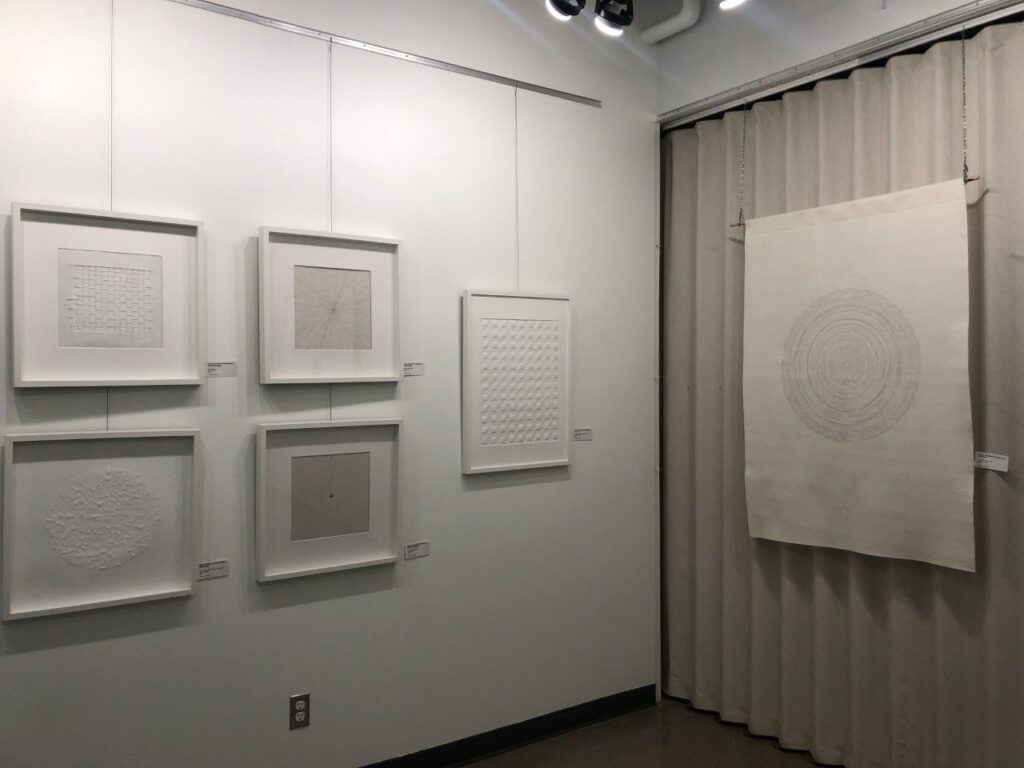Article content
tap here to see other videos from our team.
Saskatchewan’s landscapes, Japanese aesthetics, cross over for Melfort’s newest art exhibition Back to video
The exhibition, titled Calling, features the crafted and meditative fibre works of Saskatchewan artist, Hanna Yokozawa Farquharson. It was curated by the Moose Jaw Museum and Art Gallery.
It will be on display at the Kerry Vickar Centre until May 23.
Originating from Japan, where she worked in digital architectural and landscaping design with a focus on stonework, the artist’s works draw upon the
aesthetic and design principles of her cultural and professional background, while responding to the natural landscapes and experiences of her new home as a newcomer to Saskatchewan.
Yokozawa Farquharson finds inspiration in the natural world, from intimate discoveries of hoar frost, the spiraling forms of tree rings, and the textures found in moss and prairie grasses, to the celestial skies, in the stars and the cycles of the moon.
She also finds inspiration in her community and memories, as reflected in works such as Circles, in its reference to the interconnected circles of community, family and the broader world, and the collection of Shells and Fossils, which draw on her memories of her mother and childhood treasures from the sea.
The artist interprets these subjects in fabric, rendering her subjects by manipulating her materials and presenting them as abstracted forms through quilted patterns and textures.
The elegance and simplicity of form and an embrace of texture and chance in the works speak to the Japanese concept of Wabi Sabi — finding the
beauty in imperfection.
This content was originally published here.



